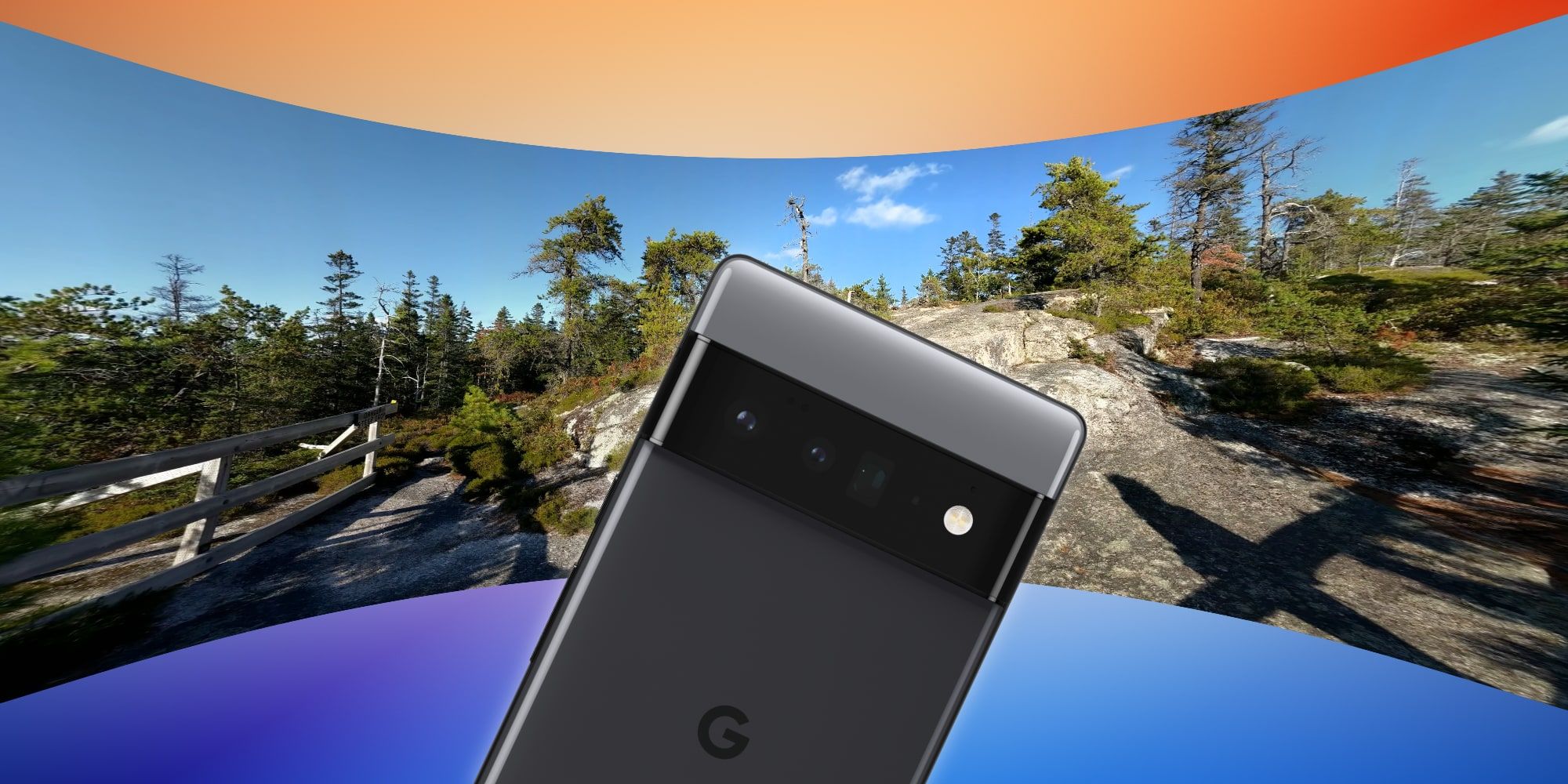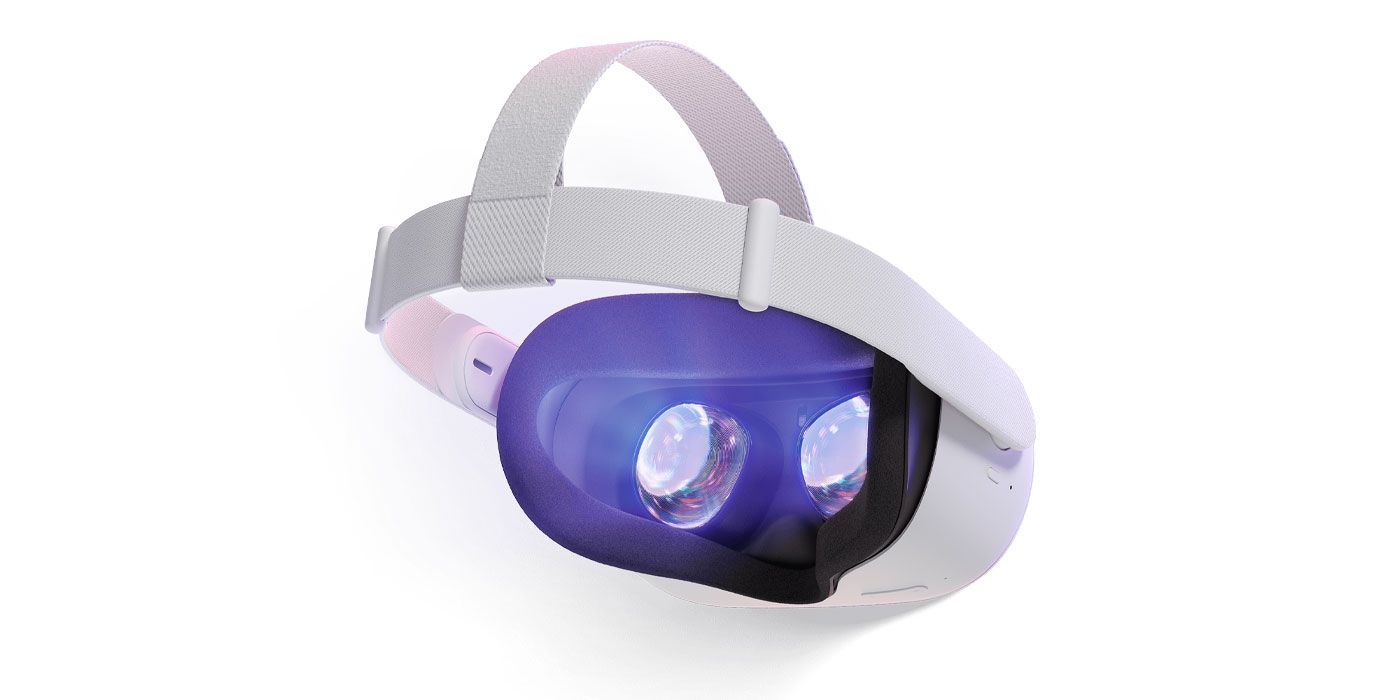Any Pixel phone can capture 360-degree photos that Google calls Photo Spheres. There is a way to appreciate this on a smartphone, tablet, or computer, but a richer experience is possible when seeing the scene wrap around the view in virtual reality, such as with a Quest headset. It's almost like being transported to that place and time again. While capturing a Photo Sphere with a smartphone isn't quite as convenient as using a dedicated 360-degree camera, the Pixel is more likely to be available at any given moment.
Google introduced its 360-degree Photo Sphere technology in 2012 but it was far ahead of its time. In those early days of smartphones, it took an incredible amount of dedication and patience to capture enough photos for a usable Photo Sphere while waiting and hoping the phone wouldn't crash under the burden of the task. Over the years, processor technology has improved dramatically with greater than ten times the performance boost. The latest Pixel 6 series smartphones handle the complex process of stitching multiple 12-megapixel photos together into a 40-megapixel Photo Sphere relatively quickly and reliably.
The amazing thing about Google's Photo Sphere images is that they can be displayed on the phone in a VR-like view that matches the image movement to a smartphone's accelerometer. Rotating and tilting in place while looking at the phone changes the view as if standing where the photo was taken. It's even possible to view 360-degree images with a VR headset, such as Oculus Quest. To capture a Photo Sphere with a Pixel phone, the Modes tab should be selected in the Camera app to see additional options. Tapping Photo Sphere and then the shutter button will start the process. Multiple gray dots will be overlaid in an AR display and the viewfinder should be centered on a dot until it turns blue and then held steady until the circle is outlined. The phone should then be moved to center the next dot and so on to fill in a complete 360 image. The Pixel display will show a rough preview until the last dot is centered, completing the capture. After processing, the Photo Sphere will be ready to view.
Tips For Capturing A Great Photo Sphere
With a few tips, it's possible to get great quality horizontal and vertical panoramas, wide-angle shots, and fisheye effects. To capture the very best Photo Spheres of any type, the key is to keep the Pixel camera at a fixed location. The best method is to grip the Pixel high up with a finger on either edge of the phone and in line with the camera. This makes it easier to rotate the phone on this axis. Pausing at each dot target that appears in the camera view allows the Pixel to capture a sharp image before moving on to the next target.
The user doesn't have to capture a full Photo Sphere in any of the five modes and stopping early can sometimes result in a better photo than forcing a failed capture. It's also important to minimize movement within the scene since a person walking by could seem to stretch or appear in multiple places in the final render, unless that is a planned effect. If the goal is to view the Pixel's Photo Sphere on a VR headset, however, covering at least 180-degrees is necessary since half and full VR images are most common. On a Quest headset, Photo Spheres can be downloaded from Google Photos to the device. It's also possible to sync photos from a paired Pixel phone to a Quest for viewing in the Oculus TV app.
Source: Google


